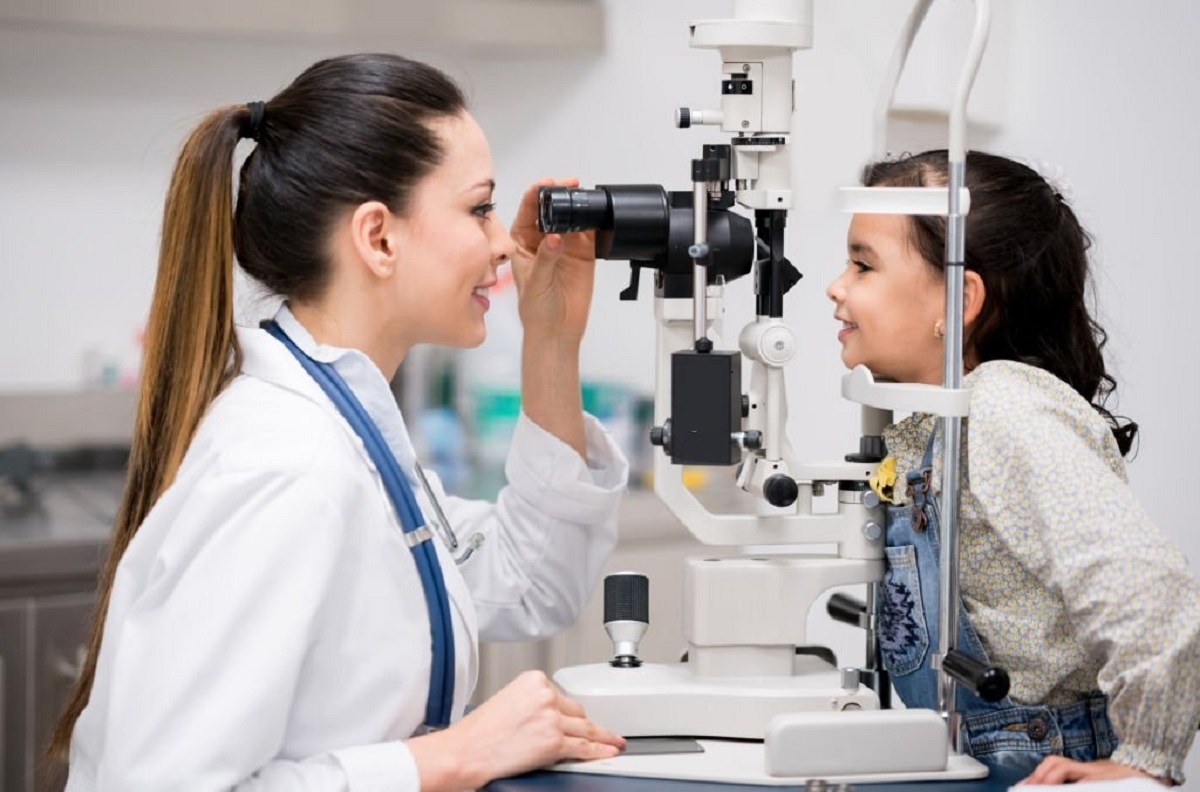As a parent, ensuring your child’s overall health and well-being is a top priority. This includes taking care of their eyes and vision. Regular children eye test are essential in detecting and addressing any vision problems early on, which can significantly impact a child’s learning and development. But did you know that there are different types of children eye test? This article aims to provide you with a comprehensive understanding of the various types of children eye test, their importance, and when they should be conducted.
1. Importance of Children Eye Test
Children eye test play a crucial role in ensuring your child’s eye health and proper visual development. Good vision is essential for a child’s learning and development, as 80% of learning is done visually. Detecting and addressing vision problems early on can prevent issues such as poor academic performance, low self-esteem, and difficulty in social situations. Moreover, some eye conditions, if left untreated, can lead to permanent vision loss. Regular eye tests can help detect these issues and ensure timely intervention and treatment.
2. Vision Screening vs. Comprehensive Eye Exam
There are two primary types of children’s eye tests: vision screening and comprehensive eye exam.
Vision screening is a basic eye test that can be conducted by a pediatrician, school nurse, or other trained professionals. It aims to identify children who may have vision problems or are at risk of developing them. This type of test is not as thorough as a comprehensive eye exam and may not detect all vision issues. If a vision screening indicates a potential problem, a comprehensive eye exam by an eye doctor is recommended.
A comprehensive eye exam is a more in-depth evaluation of a child’s eye health and vision. It is performed by an optometrist or ophthalmologist and includes several tests to assess different aspects of vision and eye function. A comprehensive eye exam can detect a wide range of vision problems and eye conditions, allowing for early intervention and treatment.
3. Types of Children Eye Test
- Visual Acuity Test: This test measures how clearly your child can see from a distance. It typically involves identifying letters or symbols on a chart placed at a specific distance. Visual acuity is expressed as a fraction, such as 20/20, which represents normal vision.
- Color Vision Test: This test assesses your child’s ability to distinguish between different colors. It can help detect color blindness, a genetic condition that affects how a person perceives colors.
- Depth Perception Test: This test evaluates your child’s ability to judge the distance between objects. It can help identify issues with binocular vision, which is essential for activities such as reading and playing sports.
- Eye Alignment Test: This test checks for strabismus, a condition where the eyes do not align properly. Strabismus can cause double vision, eye strain, and other issues if left untreated.
- Eye Movement Test: This test assesses your child’s ability to move their eyes smoothly and accurately. It can help detect problems with eye muscle control and coordination.
- Retinoscopy: This test involves shining a light into your child’s eyes to observe how the light reflects off the retina. It helps the eye doctor determine if your child needs glasses and what prescription is needed.
- Slit-Lamp Examination: This test uses a specialized microscope to examine the front part of the eye, including the cornea, iris, and lens. It helps detect conditions such as cataracts, glaucoma, and other eye disorders.
- Ophthalmoscopy: This test allows the eye doctor to examine the back of the eye, including the retina, optic nerve, and blood vessels. It helps detect conditions such as retinal detachment, macular degeneration, and other eye diseases.

4. When to Schedule Your Child’s Eye Test
The American Optometric Association recommends the following schedule for children eye test:
- First eye exam at 6 months of age
- Second eye exam at 3 years of age
- Third eye exam before starting school (around 5-6 years old)
- Follow-up exams every 1-2 years, or as recommended by your child’s eye doctor
If your child has risk factors for vision problems or shows signs of vision issues, more frequent exams may be necessary.
5. Choosing the Right Eye Doctor for Your Child
It’s essential to choose an eye doctor who specializes in pediatric eye care, as children’s eye tests require specific skills and equipment. Look for an optometrist or ophthalmologist who has experience working with children and a comfortable, child-friendly office environment.
Conclusion
Regular children eye test are crucial for maintaining your child’s eye health and ensuring proper visual development. Understanding the different types of eye tests and when to schedule them can help you stay proactive in your child’s eye care. By choosing the right eye doctor and following the recommended eye exam schedule, you can ensure that your child’s vision and eye health are well taken care of.

